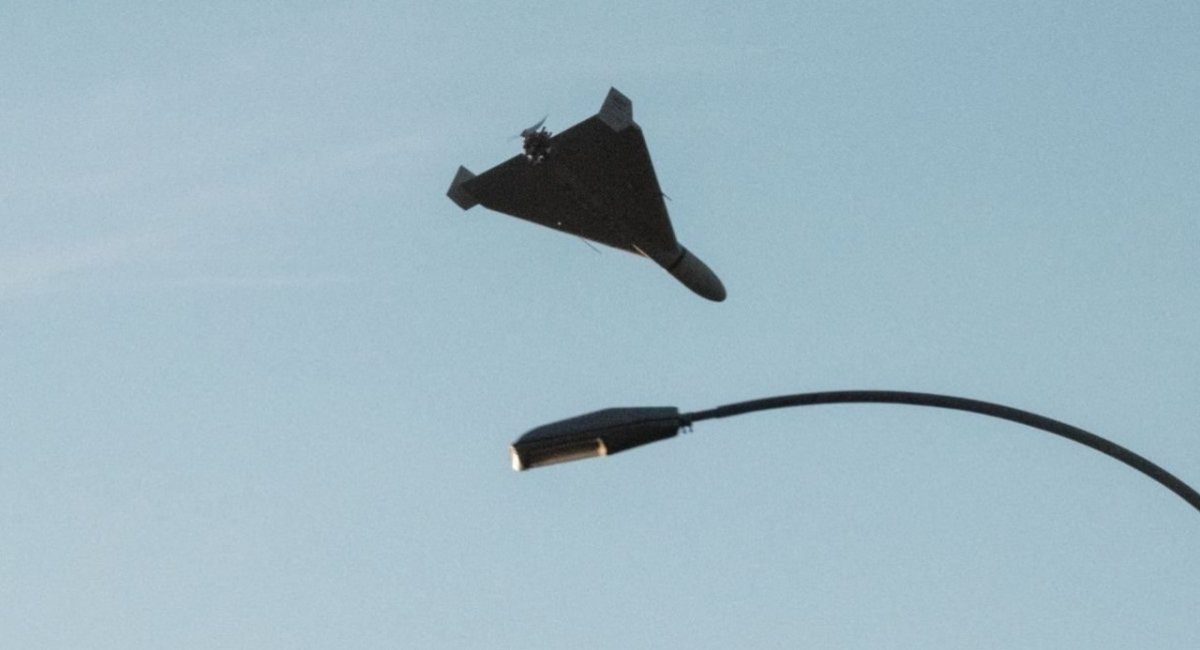
Ukraine develops Sting interceptor drone to combat Russian-Iranian Shahed threat
Ukraine has developed the Sting interceptor drone to combat the Russian-Iranian “Shahed” drones, The Telegraph has reported.
The publication states that the project is being led by a Ukrainian group called “Wild Hornets.” Sting is intended to serve as a cheaper alternative to surface-to-air missiles, which are sometimes used to intercept the “Shaheds.”
The interceptor is controlled by an operator, similar to classic FPV drones. The Telegraph has also claimed that this drone can fly at speeds exceeding 160 km/h and reach altitudes of around 3 km.
Sting features a classic quadcopter design with a large dome protruding from its center, where the warhead and camera are mounted. It will be piloted from the ground using VR goggles, allowing the operator to see precisely where it is flying.
it will include an artificial intelligence-based targeting system that will enable the pilot to lock onto enemy targets. According to a representative from “Wild Hornets,” the average cost of the Sting interceptor drone is tens of times lower than that of the Shahed drone, allowing for savings on scarce surface-to-air missiles.
Currently, modified FPV drones are already being used in Ukraine against Russian reconnaissance and strike drones.
Several companies in Ukraine are engaged in developing interceptor drones. In September, it was announced that the Ukrainian company Besomar had developed an airplane-type interceptor drone, according to Militarnyi.
Additionally, in July, Ukrainian developers demonstrated flight tests of a jet drone designed for intercepting aerial targets.
Read also:














